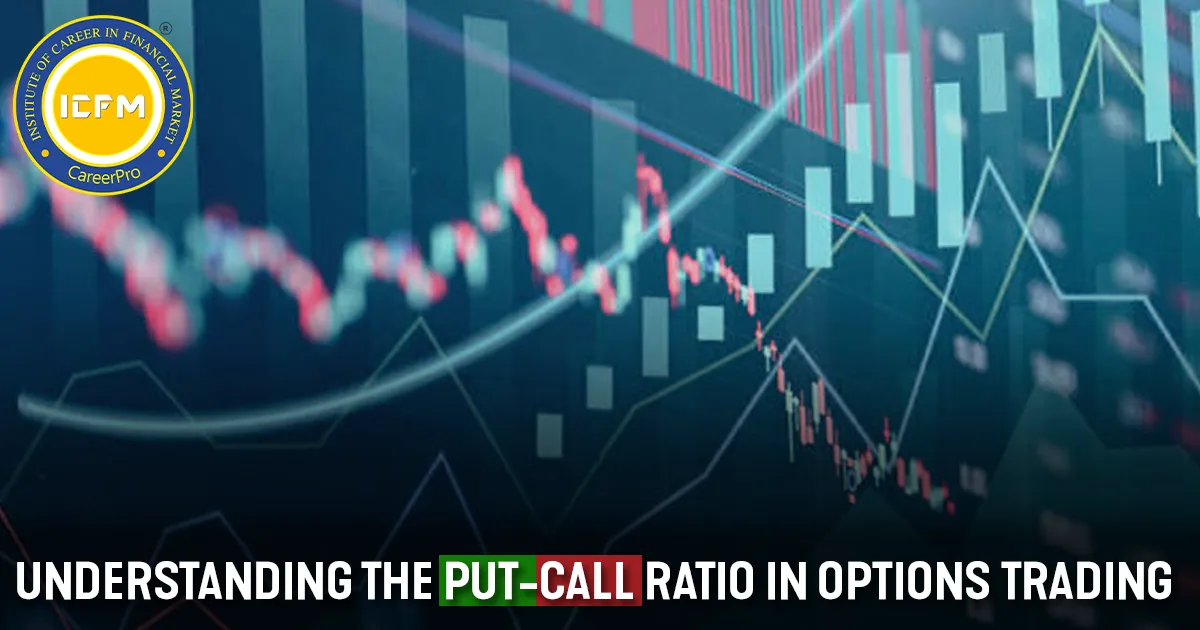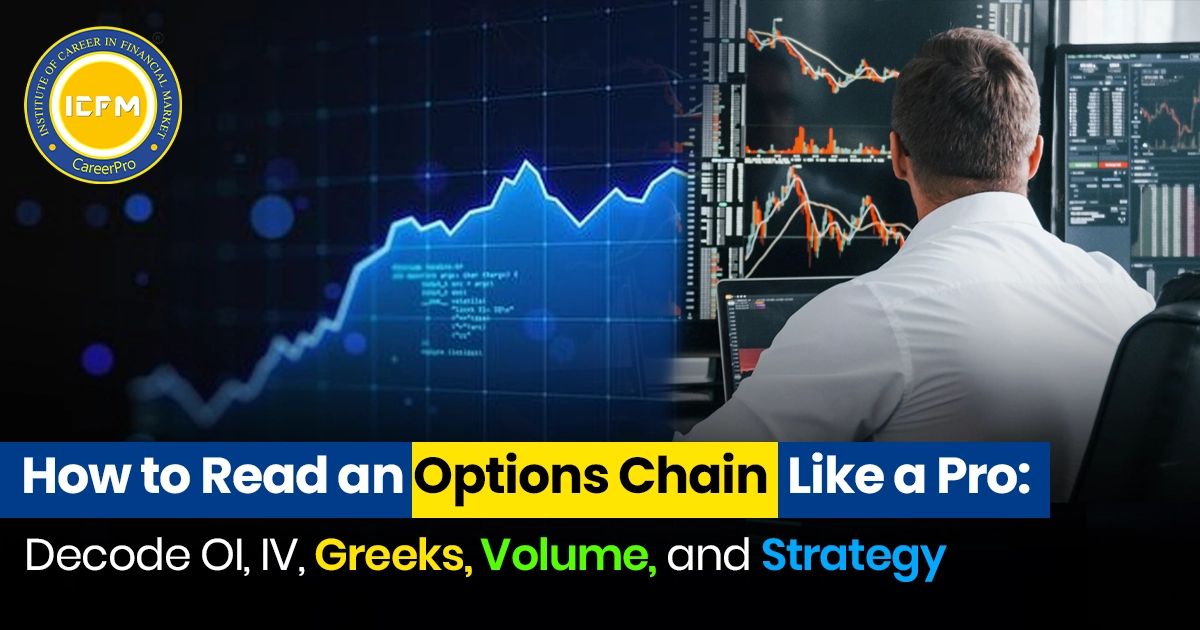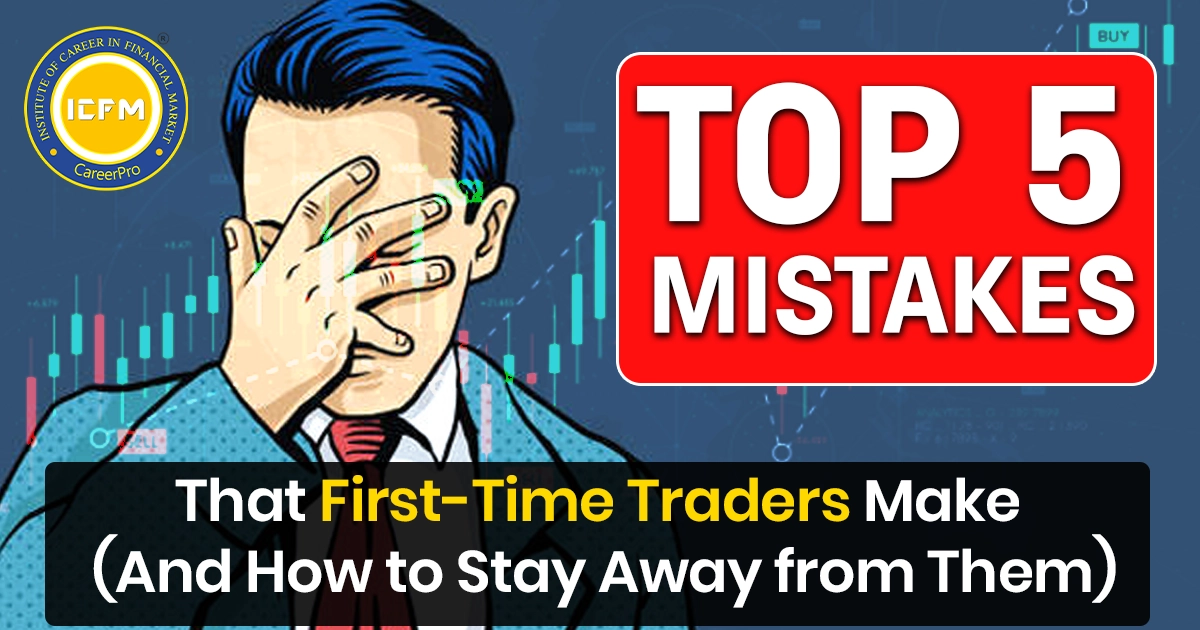There are lots of trading strategies in the stock market. But among them option trading is very crucial, typical, and sophisticated. In option trading one should have a good knowledge of derivatives, especially options. In option trading, you must hear about the PCR. It is a crucial tool and technique to analyse the option chain to take a better trade. So for an option trader, PCR knowledge and its use is very important. In this blog, we will understand the workings of PCR.
What is the Put-Call Ratio?
The Put-Call Ratio measures the open interest of put options relative to call options over a specific period.
It is calculated as:
PCR = Put Open Interest/Call Open Interest
Put Options: Give the holder the right, but not the
Obligation, to sell an asset at a predetermined price.
Call Options: Give the holder the right, but not the obligation, to buy an asset at a predetermined price.
The ratio provides a snapshot of the sentiment in the options market, indicating whether traders are leaning bearish or bullish.
Interpreting the Put-Call Ratio
It is very important and typical to analyse the put-call ratio. In general, many traders analyse put call ratio in a very simple way. This means if there is comparatively more put open interest in the put-call ratio, they assume the market is more bearish, and if there is more call open interest, they will assume the market is bullish. But do remember always when we analyse the put-call ratio, we observe the open interest from the point view of the seller rather than the buyer. Because there will arise a question of why people are selling more, though people know there is more risk in option selling. That’s the reason an options trader will see that open interest data from the point of a seller. On this assumption we have the following outcomes –
1. Neutral Sentiment
A PCR close to 1 suggests a balance between puts and calls.
This indicates that traders are equally divided in their expectations of market direction.
2. Bullish Sentiment
A low PCR (e.g., 0.5) means, there are more calls open interest than put open interest.
This is typically interpreted as bearish, as more call traders sell in the expectation that the market will go down.
3. Bearish Sentiment
A high PCR (e.g., 1.5) means, there is more open interest in the put side than the call side.
This is seen as a bullish sentiment, as a more put traders selling in the expectation that the market may go in the upside.
Why is the Put-Call Ratio Important?
Market Sentiment Analysis
The PCR is a popular contrarian indicator. Extremely high or low values often precede a market reversal.
For instance:
High PCR: This could signal upside sentiments, with the potential for an upside rally.
Low PCR: This could signal downside sentiments, suggesting a pull-down might be near.
Risk Management
Traders use the PCR to adjust their strategies and manage risk.
Trend Confirmation
When combined with other technical indicators, the PCR can help confirm trends or signal divergences.
Types of Put-Call Ratios :
1. Volume Based PCR
Tracks the daily volume of puts and calls traded.
Reflects real-time trader activity.
2. Open Interest-based PCR
Measures the open interest (outstanding contracts) for puts and calls.
Provides a broader perspective on market sentiment over time.
Limitations of the Put-Call Ratio :
Not a Standalone Indicator
The PCR should be used in conjunction with other tools and analysis methods.
Interpretation Challenges
A high PCR doesn't always mean bearishness; it could reflect hedging activity.
Timeframe Sensitivity
Short-term traders may interpret PCR differently compared to long-term investors.
Final Thoughts
The Put-Call Ratio is a versatile and insightful tool for options traders. While it doesn't guarantee outcomes, it helps traders align their strategies with prevailing market sentiment. By understanding its nuances and combining it with other indicators, you can enhance your decision-making and better navigate the complexities of options trading.








